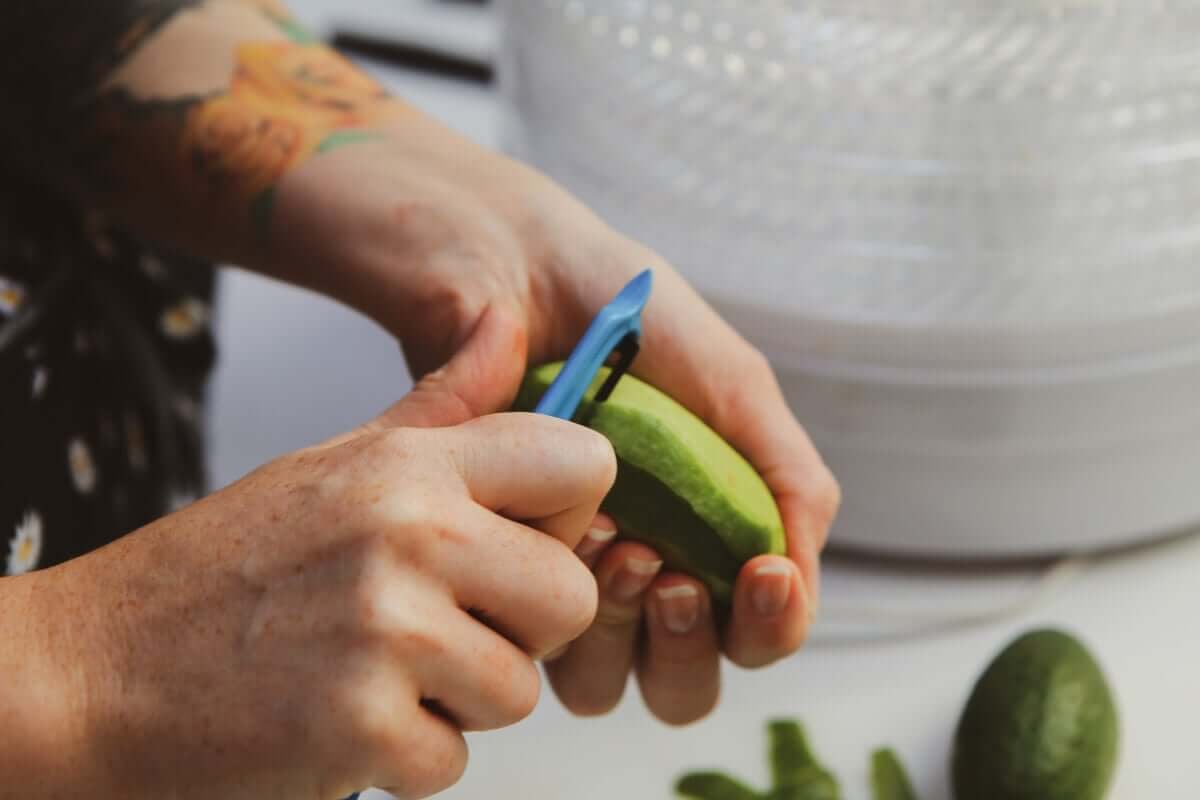Learning how to save water while home distilling is important given that during distillation using the T500, you will run a fair amount of water through the still to control the temperature and condense the vapour. While we all aim to save water wherever we can, this is an even a bigger concern for people in areas where water supply is a major concern or restrictions are in place.
What we know about distillers is that we’re tinkerers at heart and can employ a little "MacGyvering" to any problem at hand- and home distilling set-ups are no different! We’ve compiled a list of water saving options we’ve seen home-distillers employ.
Note that some of these techniques will require some modifications to the equipment, so should only be attempted by a professional, or if people are confident to do so.
Recirculate your cooling water:
You can recirculate water during a run, however, you would need to find a way to cool the water before it goes back into the still. We have seen set-ups with one big barrel (~200 - 300 L (52.8-79.2 US Gal)) of water with plenty of ice and a submersible pump which is connected to the water inlet of the still. The water is then pumped through the still and the water outlet feeds into that same barrel.
The water is thus recycled. You must, however, always ensure that the water temp in the barrel is kept as cool as possible, ideally in the low 20°C.
One method to cool the water down is to utilise an old radiator (from a car for example) and a fan, so the water is cooled down between coming out of the condenser and then going back into the water barrel.
If your container is large enough, and not sitting in the hot sun to heat up a lot, you can also recirculate often without the need to employ a cooling method, for this we’ve seen most distillers using 1000L IBC like containers.
Use recycled water:
We've heard of some people collecting wastewater from their gutters around their houses which is at a cool enough temperature to use and run through. As the water never touches the distillate it doesn't have to be perfectly clean water - but it should always be free of any debris. so using a good in-line particle filter would be recommended to protect the condenser from potential blockages.
Use tank water:
Some distillers even use their household tank water by pumping it back into the tank after it passes through the condenser.
Re-use your cooling water:
Other setups include having 2 x 200 L (52.8 US Gal) barrels and a submersible pump where one barrel contains all the cooling water (200 L (52.8 US Gal) should be enough for a normal T500 run) and is connected via the pump to the water inlet of the condenser.
The tubing which is connected to the outlet of the condenser runs into the second tank which is empty at the beginning of the run but will fill up with the hot water during the run. Then for the next distillation (or after the water has cooled down as low as possible), the tanks can be switched over and run again.
If you prefer, you can collect the water you pass through the still from your tap. When it's cool, you can reuse it for any household applications like clothes washing, watering plants etc as it doesn't touch any alcohol, it's simply hot water.
Alternatively, if you'd rather not use any water at all, you can use an Air Still which uses air, not water to condense. While the compromise is on how much you can produce at once, some fantastic Whiskies and Rum’s have been made on Air Stills!





